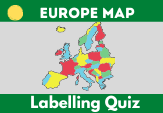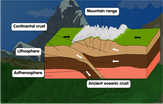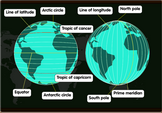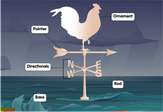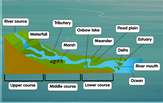Block mountain diagram
Our planet’s plate tectonics can unleash incredibly powerful forces to change the landscape on the surface in several significant ways. One of the most striking formations that can form from tectonic movement is the block mountain.
While they aren’t as common as fold mountains, you might actually be familiar with the famous block mountains in the United States – namely, the Sierra Nevada, as well as the Tetons in Wyoming. Block mountains can also be visited in Germany, France, India and East Africa.
Along faults – the cracks on the Earth’s crust – blocks of rock several hundred kilometres across can lurch and tilt upwards due to plate tectonics, creating dramatic block mountain formations.
The central, upraised block that we usually call the block mountain is referred to as the horst. The graben, on the other hand, refers to the block displaced in a downward fashion. Horst and graben are often associated with the lifted type block mountain.
Other block mountains – those of the tilted type - can have one side with a gentle downward incline, and another one with a sharp, steep cliff called a scarp.
Use our block mountain diagram as a handy, illustrated reference of the features found on this peculiar mountain type and the geological processes involved in its formation.

